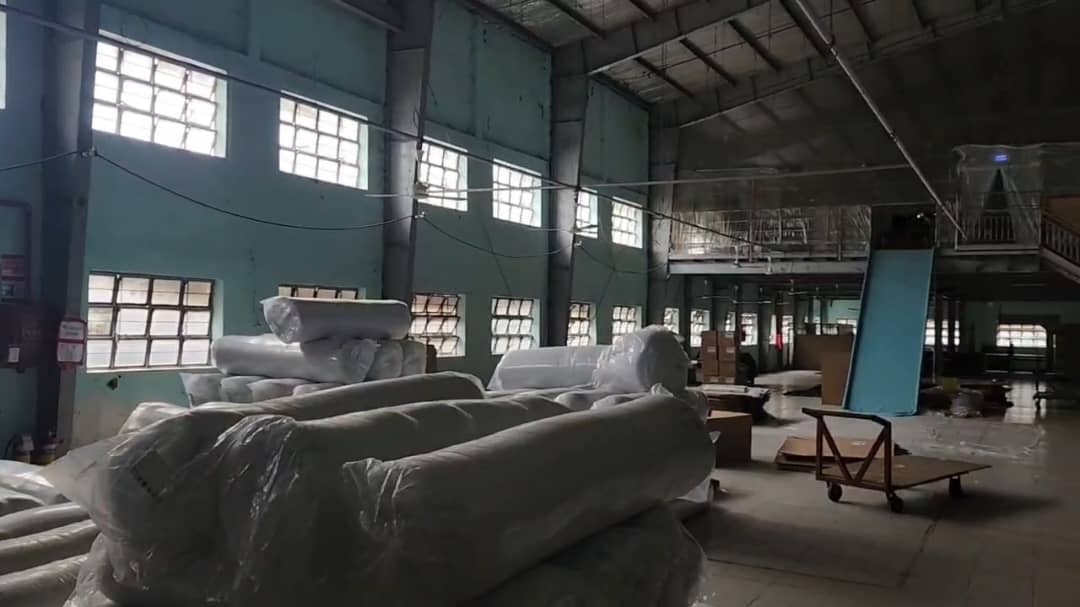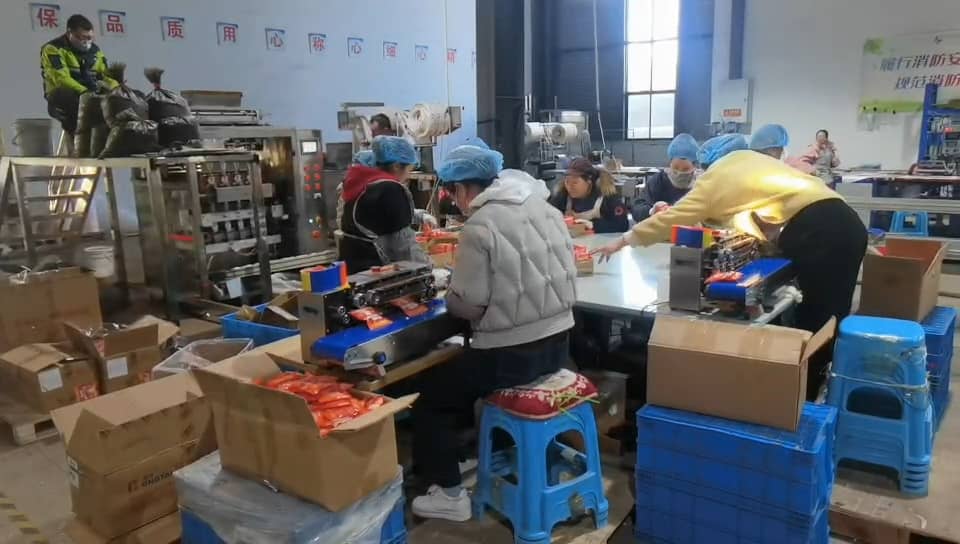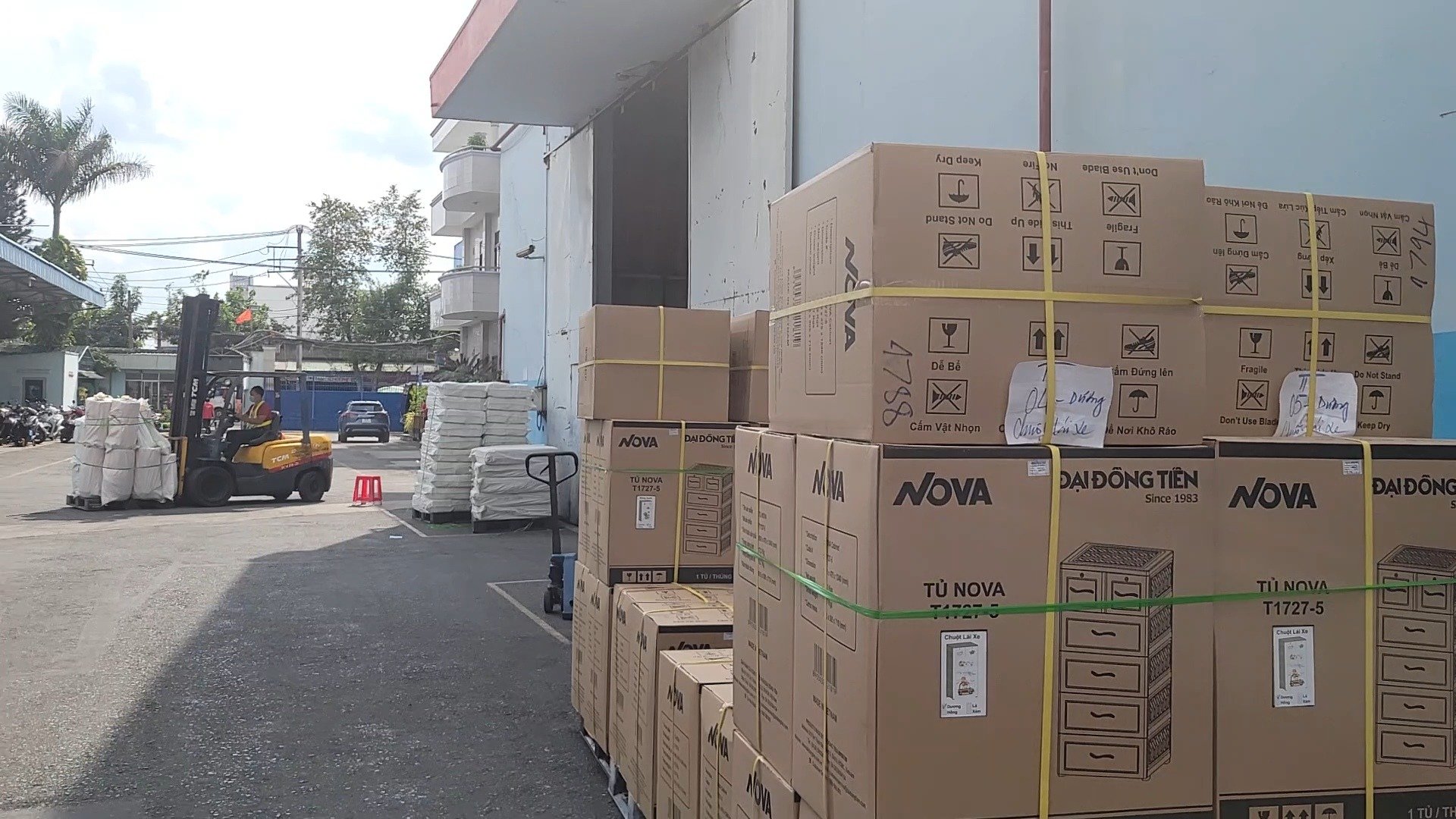Split Production: The Smart Way to Diversify Without Losing Control
For many brands, the idea of “moving out of China” sounds expensive, risky, or outright impossible. And they’re right—to an extent.
The real answer isn’t to jump from China to one new location and hope for the best. The smart move is a split production strategy:
✅ Keep what works in China.
✅ Shift high-risk or high-tariff SKUs to other hubs.
✅ Build a system that’s flexible, cost-effective, and future-proof.
At Asia Agent, we’re helping brands develop and manage multi-hub strategies across Asia, so they don’t have to choose between cost savings and supply chain security—they get both.
Why Split Production Makes Sense in 2025
🔺 China is Still Efficient—But High Risk
Let’s be honest: China still offers unmatched speed and capability, especially for complex goods and large volumes. But it comes with growing risks:
- Tariff exposure
- Unpredictable policy shifts
- Shrinking leverage with suppliers
- Rising labor and factory costs
🔻 Alternatives Are Growing—But Still Maturing
Vietnam, India, Indonesia, and Bangladesh are stepping up fast, but they’re not plug-and-play replacements. Infrastructure, scale, and consistency vary.
So instead of betting everything on one hub, smart brands are blending both worlds.
How a Split Production Model Works
Here’s what it looks like in action:
- China: Keep your high-volume SKUs, mold-based production, and long-standing relationships—especially where switching costs are high.
- Vietnam: Shift final assembly or soft goods production to reduce tariff exposure.
- India: Launch new categories (like pharmaceuticals, automotive, or electronics) in a cost-effective and growing hub.
- Bangladesh or Indonesia: Move labor-heavy or fast fashion lines to low-cost, highly specialized factories.
💡 Bonus: If a crisis hits in one country—trade, politics, or raw material disruption—you’re not out of business.
What You Need to Make It Work
A split production strategy only works if it’s managed correctly. That means:
✅ Supply Chain Mapping
Understand your full BOM and where every component comes from. This helps you decide what can move, and what must stay.
✅ Local Support in Every Hub
Split production is only effective if you have people on the ground—visiting factories, managing quality, pushing timelines, and protecting your interests.
✅ Strong Contracting & Legal Setup
Each hub has different norms, laws, and risks. You need the right contracts in the right countries to secure your production and protect your IP.
✅ Unified Project Management
One Slack group or WhatsApp thread won’t cut it. You need unified systems (we use Asana and dedicated PMs per client) to coordinate across countries.
How Asia Agent Makes Split Production Simple
🌏 One Team, Multiple Hubs
We operate in Vietnam, India, Bangladesh, Indonesia, and China—so you don’t need five different agents or setups. We manage it all under one roof.
🔍 Customized Mapping & Strategy
We help you determine exactly what to move, where to move it, and how to make it work operationally and financially.
📦 Local Execution, Global Control
You get boots on the ground in each hub—sourcing, inspecting, pushing timelines—while we sync everything with your HQ through weekly calls and real-time updates.
Final Thought: Don’t Choose One. Build Both.
This isn’t about China vs. Vietnam. Or India vs. Indonesia.
It’s about designing a flexible, smart supply chain that works for your specific needs.




